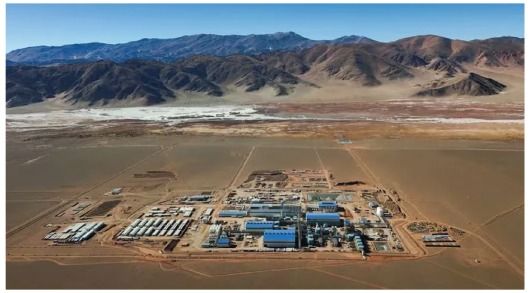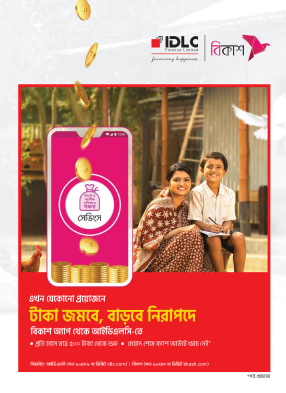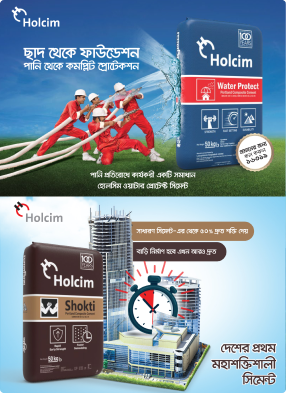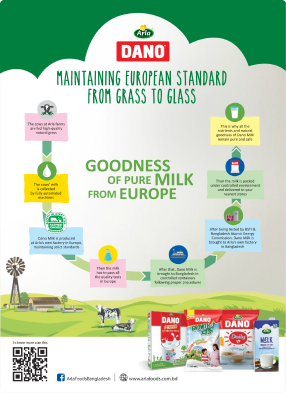- info@ficci.org.bd
- |
- +880248814801, +880248814802
- Contact Us
- |
- Become a Member
- |
- |
- |
- |
- |
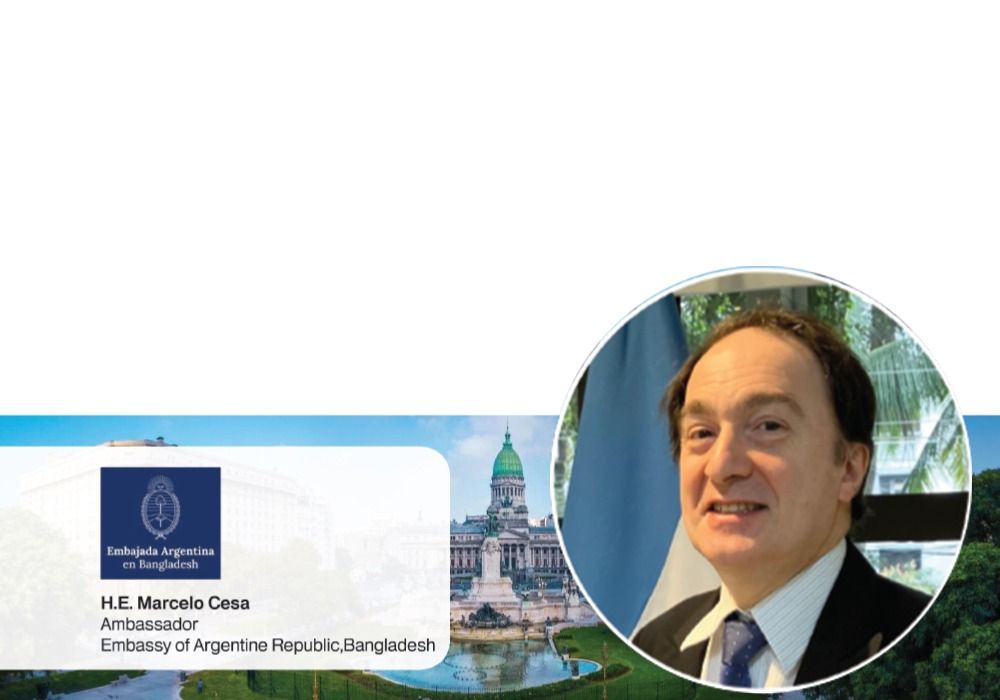
What is RIGI?
With the aim of generating large-scale investments in strategic sectors of the Argentine economy, the government of President Javier Milei launched the package "Large Investment Incentives Regime" (RIGI), as part of the omnibus law "Bases and Starting Point for the Freedom of Argentines" (Law 27.742) which was enacted on July 8th 2024.
This landmark regime offers significant tax, customs and exchange benefits, while establishing a solid legal framework to guarantee legal certainty and facilitate the realization of long-term investment projects.
RIGI applies to large-scale projects involving an investment of over USD 200 million.
Enhanced benefits are granted to long-term strategic export projects exceeding USD 1 billion per stage.
 What sectors are covered by the RIGI?
What sectors are covered by the RIGI?
RIGI covers the following key sectors:
• Industrial Forestry
• Tourism
• Infrastructure
• Mining
• Technology
• Steel
• Energy
• Oil and Gas
In addition, RIGI includes Long Term Strategic Export projects, which seek to position Argentina as a reliable supplier in global markets with low current participation.
Who can access RIGI?
To access RIGI, investors must incorporate a Single Project Vehicle (SPV), whose sole purpose is the execu- tion of a project approved under RIGI. The SPV cannot have any activities or assets unrelated to the project, except those necessary for the administration of the funds of the Vehicle.
The following corporate structures may be considered as SPVs:
• Corporations (including sole proprietorships) and limited liability companies.
• Branches of companies incorporated abroad (art. 118, Law 19,950). Dedicated branches (art. 170, Law 27.742).
• Transitory unions and other associative contracts.
What are the requirements to access the RIGI?
1- Minimum investment: US$200 million, with the following exceptions: US$300 million for oil and/or gas transportation and storage projects. US$600 million for exploitation and production of gas and/or oil for export. US$600 million for offshore oil and/or gas exploitation and production.
2- Initial disbursement: 40% of the minimum investment amount must be executed in the first two years of the project. The Executive Branch may reduce this requirement, but not below 20%.
3- Long-term Strategic Export Projects: US$ 2 billion (if disbursement is in stages, the minimum required is US$1 billion per stage).
4 - Project maturity: The ratio between the present value of expected net cash flow (excluding investments in the first three years) and the net present value of planned capital investments during that period must not exceed 30%.
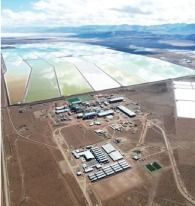 What are the benefits of RIGI?
What are the benefits of RIGI?
i.Tax benefits
Income Tax:
Reduction of the tax rate from 35% to 25%.
Accelerated depreciation
Possibility of deducting tax losses without time limit and transferring
them to third parties as from the 5th year.
Dividends: Taxed at a 7% rate (3.5% after 7 years).
VAT:
VAT on investments may be paid with Tax Credit Certificates.
Tax on Bank Credits and Debits:
100% can be computed as payment on account of Income Tax.
ii. Customs Taxes:
Exemption of import duties for capital goods, spare parts, parts and components. Exemption from export duties after 3 years (2 years for Long Term Strategic Export projects).
iii. Exchange Benefits:
Exports: Exception from the obligation to settle foreign exchange in the foreign exchange market:
- 20% after 2 years, 40% after 3 years, and 100% after 4 years (for standard projects).
- 20% after 1 year, 40% after 2 years, and 100% after 3 years (for Long Term Strategic Export projects).
- No obligation to enter and/or liquidate foreign currency corresponding to capital contributions, loans or services.
- No limitations on the holding of foreign assets and free access to the foreign exchange market for the payment of profits, dividends or interest to non-residents.
What legal guarantee does the benefits of RIGI have?
The projects adhered to the RIGI enjoy regulatory stability in tax, customs and foreign exchange matters for 30 years. The benefits cannot be affected by derogations or by the creation of more burdensome or restrictive regulations.
What is the deadline for submitting projects?
The RIGI is in force and investment projects may be submitted until July 8th, 2026. The Executive Branch may extend this deadline only once for one more year.
To date, 3 investment projects have been approved under RIGI:
• Southern Energy - Natural Gas Liquefaction Project: USD 6,878M.
Natural gas liquefaction plant and floating terminal in the Gulf of San Matías, Río Negro. (29/04/2025). https://www.boletinoficial.gob.ar/detalleAviso/primera/324772/20250505
• Vaca Muerta Oleoducto Sur o Proyecto VMOS: USD 2,486M.
437 km oil pipeline (Allen Punta Colorada) 6 storage tanks and maritime terminal for crude oil export. (20/03/2025)
https://www.boletinoficial.gob.ar/detalleAviso/primera/322830/20250321
• YPF Luz - Parque Solar El Quemado y Anexos: USD 211M. 305 MW photovoltaic park in Mendoza. (07/01/2025). https://www.boletinoficial.gob.ar/detalleAviso/primera/319374/20250108
Additionally, 8 projects are currently under evaluation:
• Galan Litio Hombre Muerto Oeste: USD 217M. Lithium chloride production plant in Catamarca.
• Posco Argentina Sal de Oro: USD 633M. Lithium phosphate, lithium hydroxide, and lithium carbonate plant in Salta.
•Minas Argentinas Gualcamayo: USD 1,000M. Leaching project, deep carbonate exploration, photovoltaic park, and lime plant in San Juan.
• Sidersa Nueva planta de aceros largos: USD 296M. Steel mill and rolling mill in San Nicolás, province of Buenos Aires.
• PCR y Acindar Parque Eólico Olavarría: USD 255M. 180 MW wind farm, transformer station, and high-voltage power line in Buenos Aires.
• Ganfeng Proyecto Mariana: USD 273M. Lithium chloride plant in Salta.
• McEwen Mining Los Azules: USD 227M. Copper exploration in San Juan.
• Rio Tinto Proyecto Rincón: USD 2,724M. Demonstration plant and two lithium carbonate plants in Salta.
